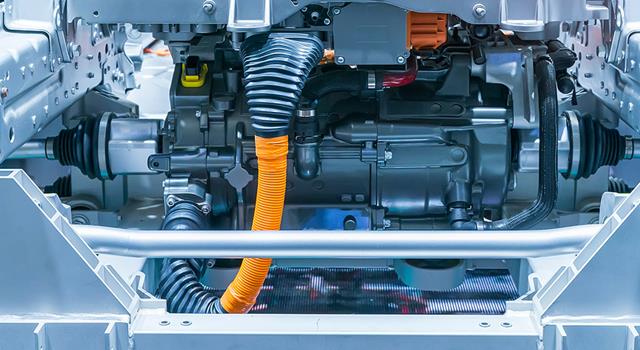Hall effect speed sensors have become a staple in modern technology, finding their place in everything from automotive to industrial applications. At the core of these sensors lies the Hall effect principle, enabling the detection of magnetic fields and translating them into speed measurements. However, like any electronic component, they are vulnerable to electrical anomalies, particularly reverse voltage incidents. This post delves into the significance of reverse voltage protection in safeguarding Hall effect sensors against potential damages.
Basics of Hall Effect Speed Sensors
The Hall effect principle is based on the behavior of electrons in a conductor exposed to a magnetic field. In Hall effect speed sensors, this principle is exploited to detect changes in magnetic fields caused by rotating gears or similar mechanisms. These changes are then converted into electrical signals, which are interpreted as speed measurements. These sensors are pivotal in applications ranging from measuring wheel speed in vehicles to monitoring conveyor belts in manufacturing plants.
The Need for Reverse Voltage Protection
Reverse voltage occurs when the polarity of the power supply to the sensor is reversed, either due to wiring errors or power supply faults. This can lead to significant damage to the sensor, impairing its functionality or leading to complete failure. The sensitivity of Hall effect sensors makes them particularly susceptible to such occurrences, thereby necessitating robust protection mechanisms.
How Reverse Voltage Protection Works
To guard against reverse voltage, Hall effect sensors often incorporate protection circuits. These typically include diodes that allow current to flow in the intended direction but block it when reversed. Zener diodes, for instance, are frequently used for their ability to limit voltage spikes to a safe level. Other components like resistors and capacitors may also be included to enhance protection and ensure the sensor's stability and responsiveness.
Design Considerations for Effective Protection
When designing or selecting a Hall effect sensor with reverse voltage protection, several factors must be considered. These include the expected range of operating voltages, the environmental conditions the sensor will face, and the balance between protection and sensor performance. Adhering to industry standards and best practices is crucial in achieving optimal protection without compromising the sensor's accuracy or sensitivity.
Conclusion
Reverse voltage protection is an essential aspect of Hall effect speed sensor design and selection. It not only safeguards the sensor against electrical anomalies but also ensures consistent performance and reliability. As technology advances and the applications of these sensors expand, the role of effective reverse voltage protection will become increasingly crucial.
Similar Posts
















